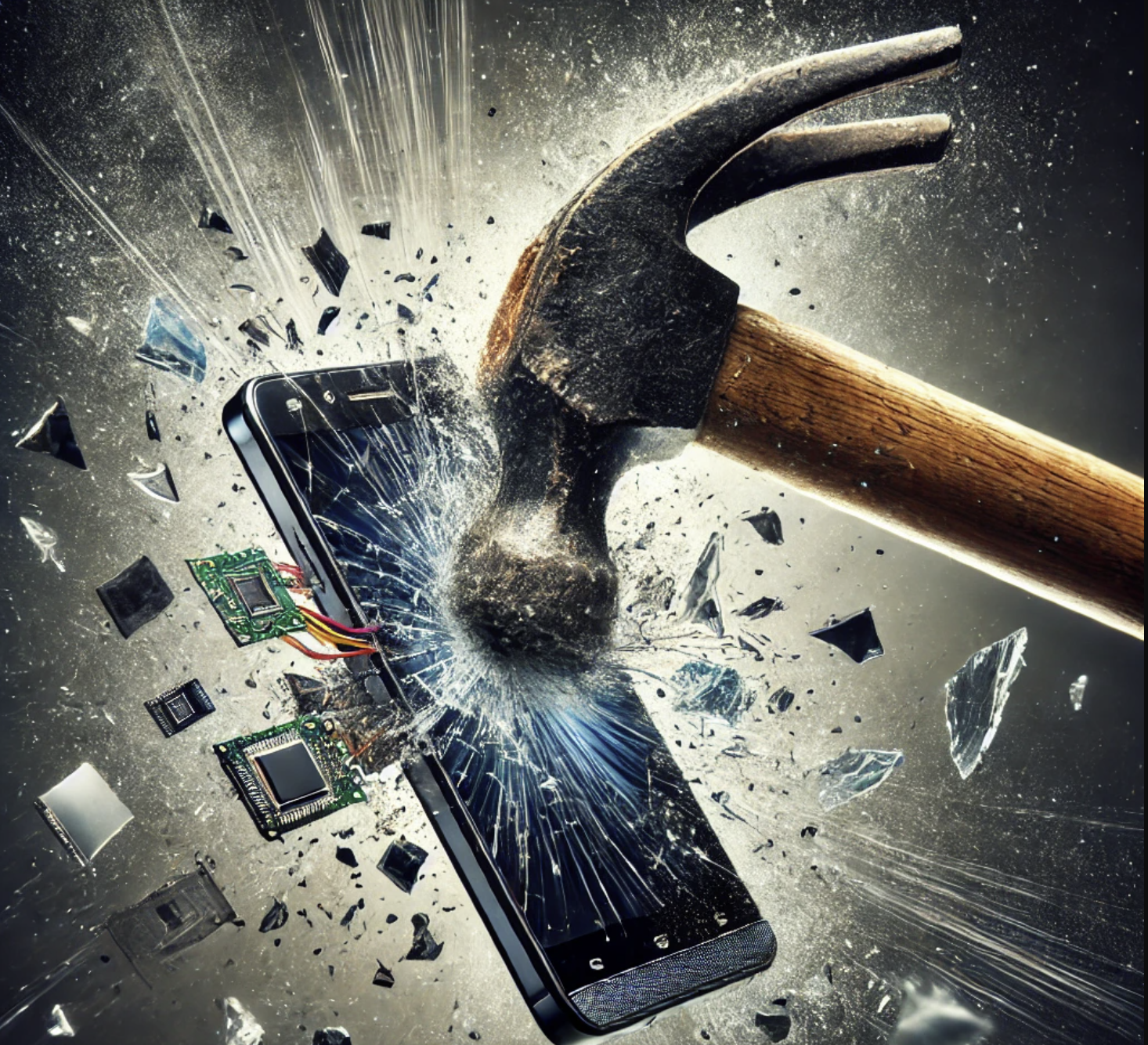I have been following the Minimal Phone, https://www.minimalcompany.com, since I was flooded with news stories about it at its time of inception (Google's cookies and algorithm working overtime). The phone aims to be, well as its name suggests, a Minimal Phone. In place of an OLED high refresh rate and resolution screen, is an E-Ink screen with large bezels, like what is found on Kindles. The Minimal Phone also borrows from the productivity powerhouse of the 2000s, the BlackBerry, by adding a full QWERTY keyboard under its chunky 4.3-inch E-Ink display.
The Light Phone 2, https://www.thelightphone.com, has been my choice of simple phones on and off for the past three years. The LP2 is as bare bones as you can get in 2024; it has calling, texting (including group messaging), and tools such as GPS and Notes, and that is it. The Minimal Phone aims to be a happy medium between modern Luddism and doom scrolling. It should also resolve most of the pain points I have had with the LP2 since the Minimal Phone OS is just a customized Android ROM (which should enable it to do just about anything you usually do with a smartphone). My main issues with the LP2 are that there is no support for online banking or multi-factored authentication apps, no ability to have a digital ticket, and group messages that become lost in the void.
The real reason I felt inclined to cover the Minimal Phone, not just that I forked over 350 big ones, was that it scratched a particular itch that I'd like to see other things trending in the same direction. Consider the differences in the everyday use of technology between 2004 and 2014, and now consider the differences between 2014 and 2024. In 2004, there was diversity in the technology devices consumers used, with a particular quintessence of everything having a clear purpose. The variety of devices used ranged from laptops, MP3 players, cell phones, and DVD players, and the devices in the same product category had clear and discernible differences depending on what company they were purchased from. A product purchased from Sony would provide a completely different experience than a product purchased from Apple. In 2014, we lost the variety of the devices that we use. However, there was still a clear difference between the devices depending on the company from which they were purchased. Now, fast forward to 2024, technology has improved, but the experience of using devices has hardly changed since 2014. Smartphones are becoming increasingly primary devices for interacting with the digital world, and we have lost much of the variety that brands used to provide. The main differentiator in 2024 is how good the camera is and whether you worry about what other people will think about your green bubbles.
Companies have lost their will or ability to truly innovate the devices in their established markets. If I were to guess, it has to do with why we see so many sequels and franchise extensions in Hollywood; iterating on a known commodity is a cheaper and more guaranteed return on investment than trying to make something new. The attention economy is a facet of life that has actually dramatically changed and has had massive iterative innovation since 2014. Social Media is no longer a place to catch up with lost friends or see the cat video someone from the office told you about; it's granular or long-form unscripted content based on parasocial relationships designed for you to do one thing, consume. Content is made based on what is trending with the algorithm, and the algorithm feeds the consumer content based on their interest or what they spend the most time viewing. This feedback loop has created some of the most highly addictive but unfulfilling media in human history. The Minimal Phone may not be able to stop you from participating in this process, but it may help you be more intentional when using your phone, not to mention the device is trying to do something entirely new.
